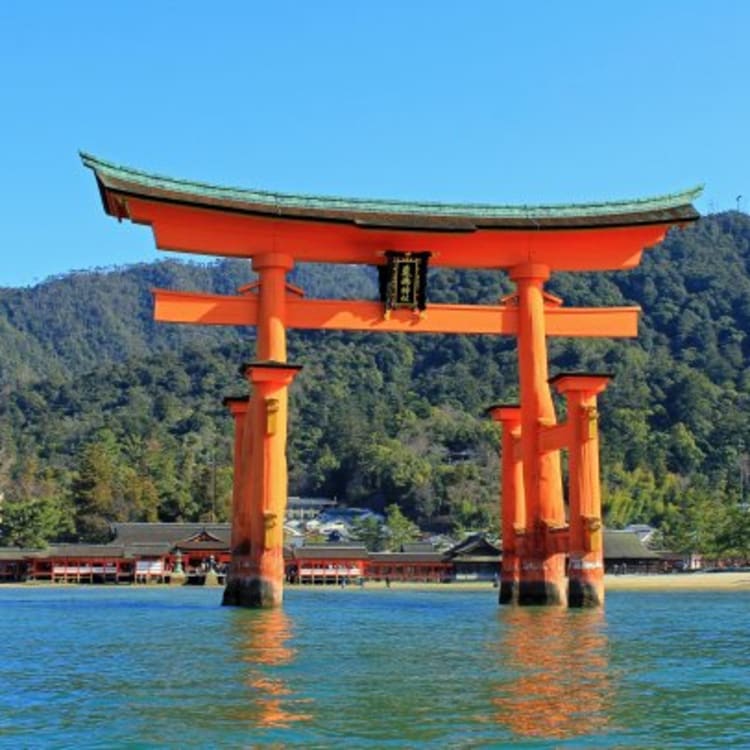
Story Discovering Itsukushima Shrine, home to the floating Torii gate By JNTO on 18 January 2021
Originally built in 593CE, the mystical Itsukushima Shrine, widely known as Miyajima, is both a temple and an island in Hiroshima Bay. Its most notable landmark is undoubtedly the magnificent vermillion O-Torii gate which is built about 200m offshore from Itsukushima’s Main Shrine. Visitors can walk under the gate to enter the temple at low tide, however from March till November the water reaches high tide, and the etiquette is to pass under the gate on a boat. This UNESCO-listed site is the only shrine in Japan built with the rising and retreating tide in mind. As you pass under the O-Torii gate, the custom is to bow twice, clap twice, and bow once.
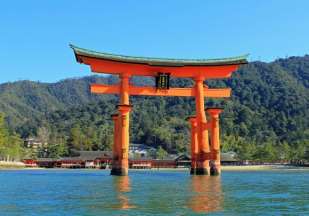
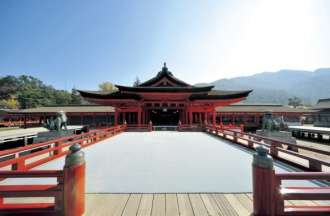
Popular souvenirs from Miyajima
The Itsukushima Shrine was constructed by specialty carpenters and cabinet makers from Kyoto and Kamakura who brought their skills and techniques to the area. Their craft came to be known as Miyajima-zaiku, and in present day, the area produces a wide variety of wooden household products.
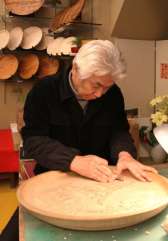
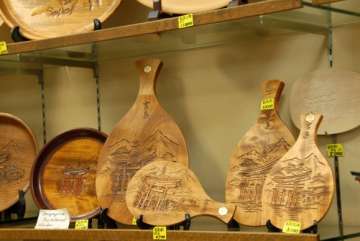
The shamoji (rice scoop) is one of the most popular souvenirs you can find in many shops. Created in the 1800s by a visiting monk who was inspired by his dream, eating rice scooped with a shamoji from Miyajima is believed to bring fortune. Today, the form and quality has remained unchanged, still hand-carved by artisans.
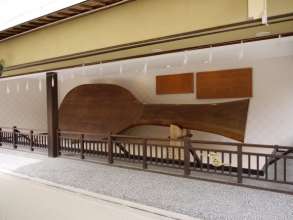
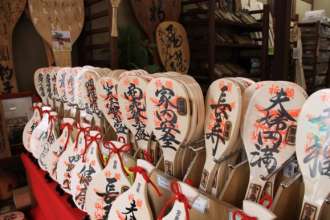
Another local wood craft is the Miyajima-bori (Miyajima carving), developed during the late Edo period, where pictures of birds, flowers or scenes of Miyajima are delicately carved onto rice scoops, containers or other objects. These handicrafts become increasingly elegant and lustrous over time.
Exploring flavours in Miyajima
Taste the local specialties to complete the experience at Itsukushima. The area is particularly famous for its oysters – evidenced by the many floating oyster farms around the bay – and the best way to enjoy them is on a grill, with or without toppings such as cheese. You can find many restaurants and stalls selling this delicacy, which is best enjoyed in winter when they’re harvested. If you’re here in February, don’t miss the Oyster Festival at Miyajima Pier where you can sample oyster okonomiyaki (Japanese savoury pancake), oyster dote nabe (hot pot), and oyster stew.
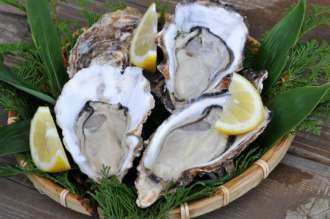
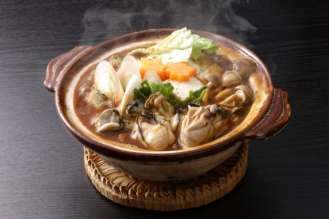
Miyajima is also famous for Anago-meshi (broiled conger eel served on top of rice) which can be found at many restaurants in the area. This sea eel is less fatty than the more common unagi (river eel), and comes out light and almost fluffy when cooked. It is a popular specialty, especially at restaurants like Ueno where you can see long queues during the summer and weekends.
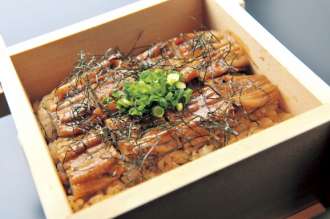
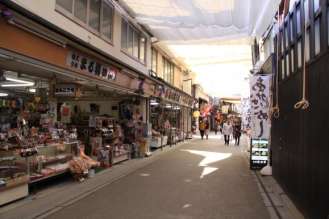
For a sweet treat, be sure to try the Momiji manju – a red bean-paste filled confectionery that’s shaped like a maple leaf. You can also find different varieties of fillings like custard and chocolate. Enjoy freshly-made Momiji manju from the many stalls in the area, or take home a box from a souvenir shop.
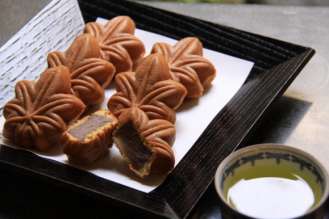
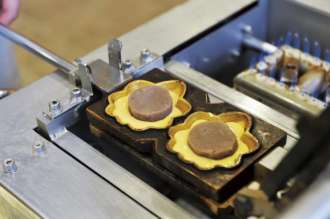
Try your hand at making Miyajima souvenirs
For a unique souvenir, you can try making your own at the Miyajima Traditional Crafts Centre. At the craft centre, you can make your own Momiji manju (from cooking the shell to filling it), personalise your own shamoji by branding patterns onto the scoop, as well as carve and colour your own pattern on a wooden tray in the Momiji-bori experience.
Discover the craft and cuisine of Miyajima by visiting the official Miyajima Tourist Association website here: https://www.miyajima.or.jp/english/index.html and Visit Hiroshima - The Official Hiroshima Prefecture Tourism Website.
















































